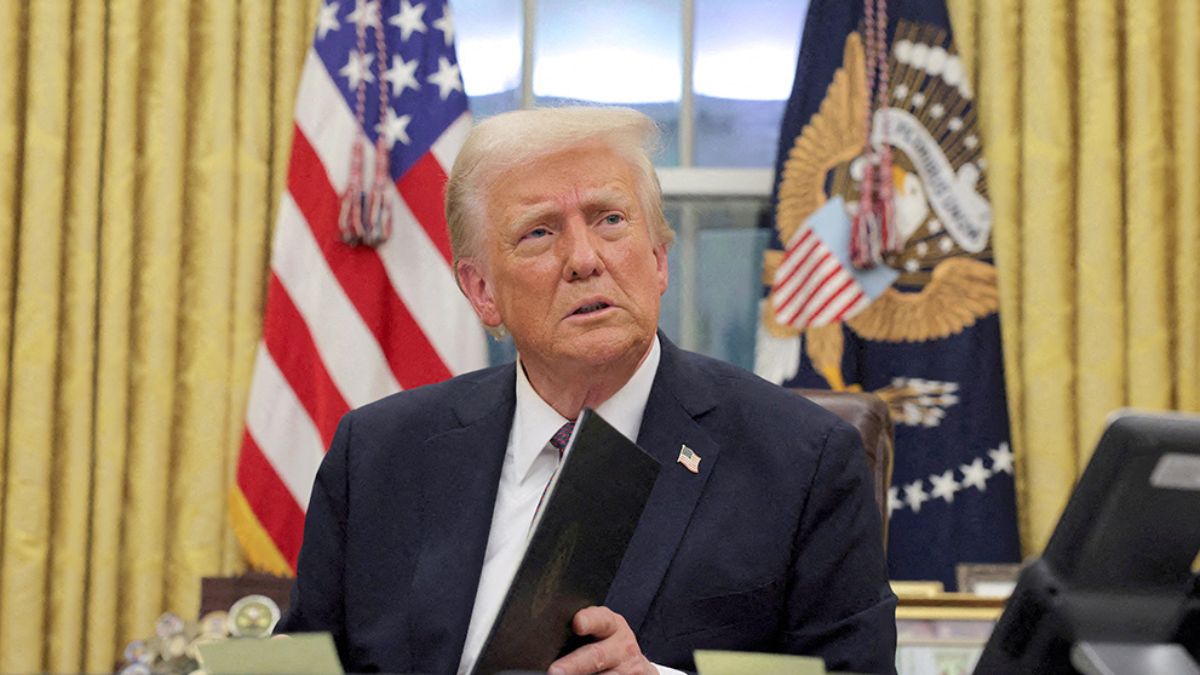A quiet but potentially seismic shift is underway in South Asian regional politics. As the South Asian Association for Regional Cooperation (SAARC) remains paralyzed by political tensions, China, Pakistan, and Bangladesh are reportedly in advanced talks to launch a new regional cooperation bloc one that could fundamentally reshape the diplomatic and economic landscape of South Asia.
The SAARC Stalemate: From Promise to Paralysis
Established in 1985 in Dhaka, SAARC was envisioned as a platform to foster economic integration, political dialogue, and regional stability among its eight members: India, Pakistan, Bangladesh, Sri Lanka, Nepal, Bhutan, the Maldives, and Afghanistan. For decades, SAARC offered hope for a more connected and prosperous South Asia. However, persistent rivalry especially between India and Pakistan has left the organization in a state of near-complete dormancy.
The last major blow came in 2016, when the 19th SAARC summit was canceled after India, Afghanistan, Bangladesh, and Bhutan withdrew, citing security concerns and cross-border terrorism. Since then, the organization has failed to convene any meaningful summits or advance its integration agenda. India’s recent suspension of the SAARC Visa Exemption Scheme, following a terror attack in Pahalgam, further signaled the platform’s decline.
A New Bloc in the Making: China’s Strategic Calculus
Against this backdrop, the June 19 meeting in Kunming, China attended by high-level representatives from China, Pakistan, and Bangladesh—marks a pivotal moment. According to Pakistan’s Express Tribune, the discussions are at an “advanced level,” with the goal of laying the groundwork for a new regional framework that could eventually include other SAARC members such as Sri Lanka, the Maldives, and Afghanistan.
Diplomatic sources suggest that even India would be invited to join, though its participation is seen as unlikely given its strategic rivalry with both China and Pakistan. The proposed bloc is being positioned as a pragmatic response to SAARC’s institutional paralysis and as a vehicle for greater economic integration, connectivity, and regional cooperation.
For China, this is a strategic masterstroke. By anchoring itself at the heart of a new South Asian grouping, Beijing can expand its Belt and Road Initiative (BRI), strengthen its economic and security influence, and counterbalance India’s traditional dominance in the region. Pakistan, long a close ally of China, sees the bloc as a way to break out of regional isolation and drive new investment and connectivity projects. Bangladesh, meanwhile, stands to benefit from increased trade, infrastructure, and diplomatic leverage.
The Regional Ripple Effect: Winners and Losers
The emergence of a China-led bloc would have profound implications for South Asian diplomacy:
1. A New Power Center:
The bloc could become a powerful alternative to SAARC, attracting smaller South Asian nations eager for investment, infrastructure, and a more dynamic regional agenda. With China’s financial muscle and Pakistan’s strategic location, the grouping could offer new opportunities for trade, energy, and connectivity.
2. India’s Strategic Dilemma:
India faces a complex challenge. While it has historically championed SAARC, its relations with both Pakistan and China are at a low point. India’s reluctance to join a China-dominated bloc could leave it isolated, while its absence might accelerate the group’s cohesion and China’s influence. New Delhi may be forced to double down on alternative platforms such as BIMSTEC or the Indian Ocean Rim Association to maintain its regional clout.
3. Smaller States’ Calculus:
Countries like Sri Lanka, the Maldives, and Nepal have often struggled to balance relations between India and China. A new bloc could provide them with more bargaining power and access to Chinese investment, but also risks deepening their dependence on Beijing.
4. The Decline of SAARC:
With its largest member disengaged and new alternatives emerging, SAARC’s relevance is likely to diminish further. The organization’s inability to resolve core disputes or implement its agenda has made it vulnerable to replacement by more agile, interest-driven alliances.
The Geopolitical Stakes: China’s Expanding Footprint
The proposed bloc is not just about economics; it is a strategic gambit in the great power competition playing out across Asia. China’s growing involvement in South Asia through the China-Pakistan Economic Corridor, investments in Bangladesh’s infrastructure, and port projects in Sri Lanka and the Maldives signals its ambition to become the region’s indispensable partner.
By anchoring a new regional framework, China can project power across the Bay of Bengal, the Arabian Sea, and the Indian Ocean key maritime corridors for global trade and energy. This would allow Beijing to further encircle India, secure its western and southern flanks, and challenge the US-led Indo-Pacific strategy.
The Road Ahead: Opportunities and Uncertainties
While the new bloc remains in the planning stages, its potential to disrupt the regional order is clear. For South Asian nations, the promise of greater connectivity and investment is appealing, but the risks of increased dependency and strategic competition are real.
For India, the challenge will be to adapt to a rapidly shifting landscape strengthening its own regional partnerships, investing in connectivity, and engaging constructively with neighbors to avoid strategic isolation. For China and Pakistan, the bloc represents a chance to rewrite the rules of regional cooperation and expand their influence at a time when traditional institutions are faltering.
Conclusion: A New Chapter for South Asia?
The advanced talks between China, Pakistan, and Bangladesh to form a new regional bloc reflect a broader power shift in South Asia. As SAARC fades into irrelevance, the region stands on the cusp of a new era one defined by shifting alliances, strategic competition, and the growing weight of Chinese power. Whether this new bloc will deliver on its promises of integration and prosperity, or simply deepen regional divisions, remains to be seen. But one thing is certain: South Asian diplomacy will never be the same again.



